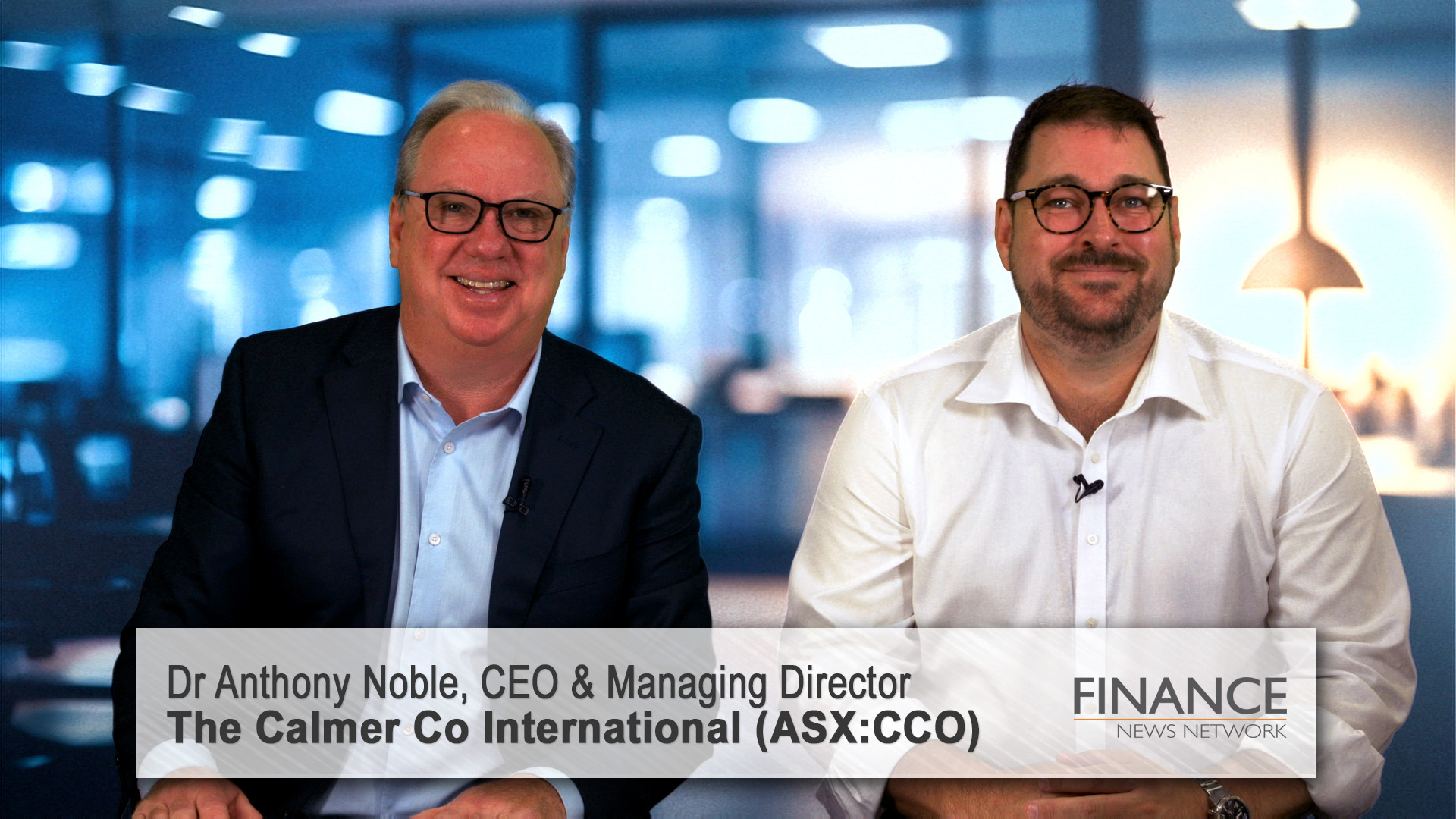
For all the speculation, the June quarter and 2008 growth figures were a bit underwhelming.
It seems there was nothing surprising, except one very important point: the speed of the slowdown; but even then there were still signs or enormous strength in mining and in wide parts of business..
And note it’s a slowdown in growth, not a contraction. There is no recession! We continue to grow at a rate above most major economies, (but not still booming China or India, thankfully).
But the slowdown was limited to parts of the domestic economy where household activity (60% of the economy) dominates. Business profits were at a high while wages were sedate.
Inflation remains a problem, but the slowdown has so far not grabbed the wider economy and pulled it down. That can be seen in the difference between overall growth of 0.3% in the quarter and non-farm growth of 0.5%, which is still solid, despite the fall in household consumption.
But the market reckons another rate cut will happen as soon as next week with the Australian dollar down to around 82 US cents and looking to erase all the gains since February 2007!

The the slowdown that the Reserve Bank set about engineering with four interest rates from August (which featured back to back rise sin February and March), has arrived far more quickly than the central bank would have forecast two months ago.
A month ago it had a real fear that the economy was slowing too quickly (pushed lower by the burden of high petrol prices and rising food costs, on top of higher interest rates and falling confidence levels).
That’s why the RBA switched to a rate cutting stance, why rates fell Tuesday and why they will go on falling for a while (until the cash rate gets to perhaps 6%?)
The rapid arrival of the slump can be seen from the reported growth figures and when the Reserve Bank actually expected the economy to be at that level.
Growth slowed to its slowest pace in nearly four years in the June quarter, with growth in the quarter of 0.3%, (compared to 0.7% in the March quarter (revised a touch from 0.6%) and an annual rate of 2.7% (3.6%)
Household consumption contracted 0.1% in the quarter, which wasn’t a surprise given the way retailing housing and other things like magazine sales, petrol sales and car operation were affected..
Economists had forecast June quarter GDP to rise 0.3 to 0.4% with the drive coming from continued strong business investment. That’s what happened, so no surprise.
But the annual growth rate of 2.7% is awfully close to the 2.75% growth rate the RBA forecast last month we’d be enjoying in the June quarter of next year!
So we are at that level a year earlier than forecast, which is a rapid slowdown in activity and why those rate cuts will continue.
From that we can see why the RBA switched last month to a rate cutting tack: and we can probably blame the surge in oil and petrol prices rather than the four interest rate rises, and the bit on top from the banks of around 0.55%.
It’s clear that the dramatic contraction in sales growth reported in some sectors of housing and retailing in the quarter coincided with the dramatic surge in petrol prices in particular.
The rise in oil and petrol prices was not factored into RBA forecasts, but the bank started making references to it from June and July onwards, according to minutes of monthly board meetings.
The National Accounts show that Australian households have been buffeted by high interest rates, and rising global oil and food prices.
The fall of 0.1% in household consumption in the June quarter, left it 2.9% higher through the year. That was the weakest result since 1993 and a big turnaround from last year’s average growth of 1.1 per cent.
High global oil prices explain a large part of the fall in household consumption in the quarter, with operation of motor vehicles falling by 2%. Consumption was weak in New South Wales and Victoria.
Industry figures out on Wednesday showed vehicle sales slumped 12% in August, on top of a drop in July.
Housing construction and inventories were also a drag.
Business investment continues to support growth, rising by a strong 4.0% in the quarter to be 9.9% higher over the year.
Business investment as a share of the nominal economy is at its highest level since the early 1970s, and expectations for business investment remain strong, with businesses expecting to invest a record $100 billion in 2008-09. (That’s the third estimate from the ABS which is forecasting the figure to grow to a quarterly rate of $30 billion by June quarter of next year).
Export growth in the June quarter was also strong, rising by 2.7% in the June quarter to be 6.1% higher through the year, reflecting broad-based increases across all export categories.
This growth, together with the large increase in iron ore and coal prices meant that the June quarter recorded the first trade surplus since June 2002.
Today’s data shows the huge boost to national income being received from the terms of trade boom.
The terms of trade rose by 13.1% in the quarter, the largest quarterly increase in over 35 years, on the back of a surge in coal and iron ore prices. Our savings ratio though was poor, a bare 0.50%, according to the ABS figures.
The rise in the terms of trade has led to very strong growth in national income.
Real gross domestic income, which accounts for the higher terms of trade, grew by 3.3% in the June quarter to be 6.3% higher over the year.
This boost to income has flowed through to company profits, which rose by 12.0% i













